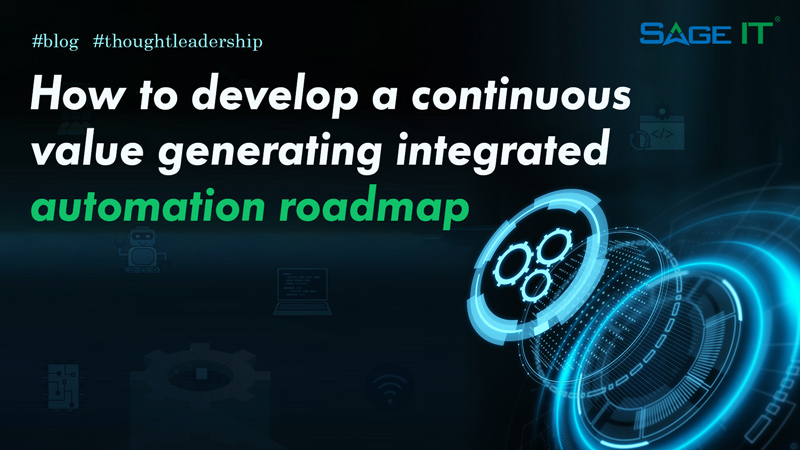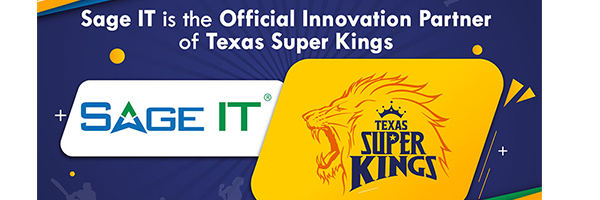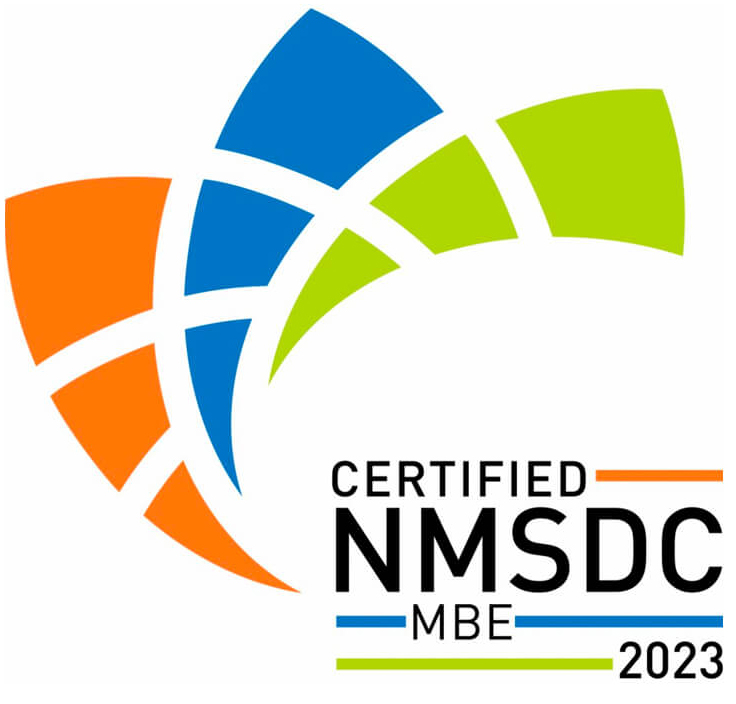
How to Develop a Continuous Value Generating Integrated Automation Roadmap
Developing a continuous value-generating integrated automation roadmap involves careful planning, collaboration, and a systematic approach. Here are the key steps to follow:
- Understand the Business Goals: Start by understanding your organization’s strategic objectives and business goals. Identify the areas where automation can provide the most value and align with these goals. This could include improving operational efficiency, reducing costs, enhancing customer experiences, or enabling scalability.
- Assess Current Processes: Conduct a comprehensive assessment of your existing processes to identify areas that can benefit from automation. Analyze the complexity, volume, and criticality of each process to prioritize automation opportunities based on their potential impact.
- Define Automation Objectives: Clearly define the objectives you aim to achieve through automation. These objectives should be specific, measurable, achievable, relevant, and time-bound (SMART). For example, reducing manual processing time by 50% within six months.
- Identify Automation Technologies: Explore the range of automation technologies available, such as Robotic Process Automation (RPA), Artificial Intelligence (AI), Machine Learning (ML), Natural Language Processing (NLP), and Intelligent Document Processing (IDP). Determine which technologies are best suited to address your automation objectives.
- Create a Roadmap: Develop a roadmap that outlines the sequence of automation initiatives and their timelines. Start with quick wins and low-complexity processes to demonstrate early success and build momentum. Gradually progress to more complex and strategic processes. Ensure that the roadmap aligns with your business goals and budget constraints.
- Establish Governance and Collaboration: Establish a governance structure and cross-functional team to oversee the automation roadmap. Involve stakeholders from various departments, including IT, operations, finance, and compliance, to ensure collaboration, alignment, and buy-in throughout the automation journey.
- Build the Automation Ecosystem: Develop an integrated automation ecosystem that includes the necessary tools, platforms, and infrastructure to support your automation initiatives. Consider factors such as scalability, security, integration capabilities, and compatibility with existing systems.
- Prioritize Change Management: Implement a robust change management strategy to address the cultural and organizational aspects of automation adoption. Communicate the benefits of automation to all stakeholders, provide training and support, and address any concerns or resistance.
- Measure and Optimize: Define key performance indicators (KPIs) to measure the effectiveness and impact of automation initiatives. Continuously monitor and analyze the results to identify areas for improvement and optimization. Use feedback and insights to refine your automation roadmap and identify new opportunities.
- Iterate and Evolve: Automation is an ongoing journey. Regularly review and update your automation roadmap based on evolving business needs, emerging technologies, and market trends. Stay updated with industry best practices and leverage new innovations to drive continuous value generation.
Remember, developing a continuous value-generating integrated automation roadmap requires a long-term commitment and iterative approach. Regularly assess and adjust your strategy to stay aligned with changing business requirements and technological advancements.
Contributed for Sage IT by
Jayasree Katragadda
Automation Expert
Sage IT
For enquires, mail to [email protected]










